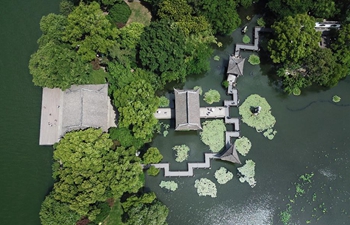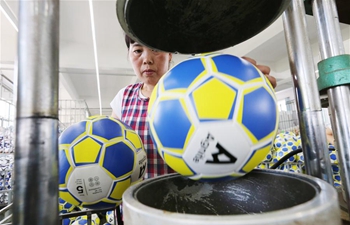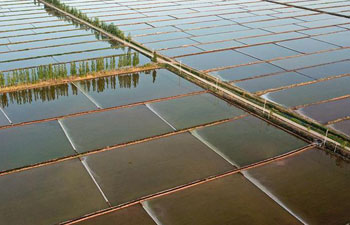CHANGSHA, May 16 (Xinhua) -- A collection of 1,200-year-old Chinese porcelain returned from Germany went on public display in a museum in Changsha, capital of central China's Hunan Province, on Tuesday.
The 162 pieces were part of a shipment of ninth-century porcelain which left China during the Tang Dynasty (618-907) onboard an Arab dhow, which later sunk in Indonesia's Java sea.
In 1998, a German salvage company discovered the shipwreck and named it "Batu Hitam." More than 67,000 pieces of porcelain were found in the ship, 85 percent of which were produced at Tongguan Imperial Kiln in Changsha.
On Tuesday, the 162 relics were put on display at a museum built on the original site of the kiln.
The 1,300-year-old imperial kiln site in Changsha became China's first porcelain museum in 1999.
The exhibition of Tongguan Kiln Porcelain Culture covers an area of 6,272 square meters and includes a replica of the sunken boat.
As a major porcelain producer during the Tang Dynasty, the Tongguan Kiln is well-known for the development of a colored glaze technique. Its porcelain products were sought after throughout China and Southeast Asia at that time.
After being salvaged, most of the porcelain was held by Tilman Walterfang, head of the salvage company. In September 2017, the administration office of the kiln in Changsha signed an agreement with Walterfang to return a collection of 162 pieces to China.
The returned relics include ceramics from several ancient kilns in the Chinese provinces of Hunan, Zhejiang, Hebei, Henan, and Guangdong. Experts said they are evidence of China's international porcelain trade during the Tang Dynasty.

















